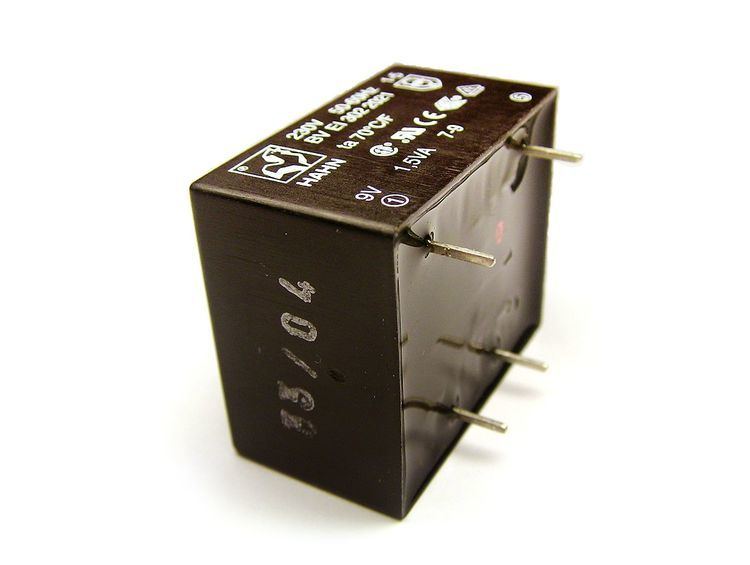 | ||
In electronics, potting is a process of filling a complete electronic assembly with a solid or gelatinous compound for resistance to shock and vibration, and for exclusion of moisture and corrosive agents. Thermo-setting plastics or silicone rubber gels are often used. Many sites recommend using silicone or epoxy to protect from impact and loose wires. Araldite (a brand name) potting compound has been suggested for certain automotive applications.
Most circuit board assembly houses coat assemblies with a layer of transparent conformal coating rather than potting. Conformal coating gives most of the benefits of potting, and is lighter and easier to inspect, test, and repair.
When potting a circuit board that uses surface-mount technology, low glass transition temperature (Tg) potting compounds such as polyurethane or silicone are used, because high Tg potting compounds may break solder bonds as they harden and shrink at low temperatures.
